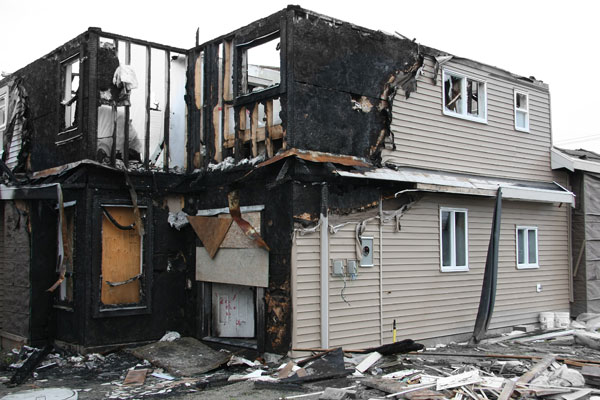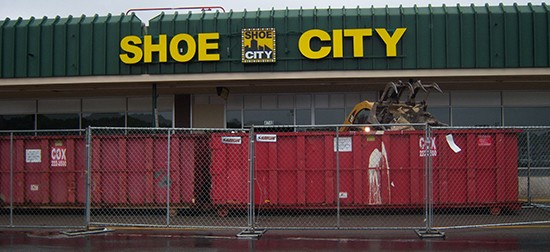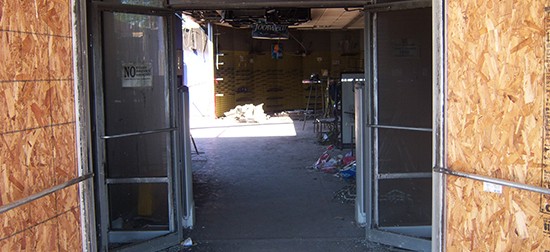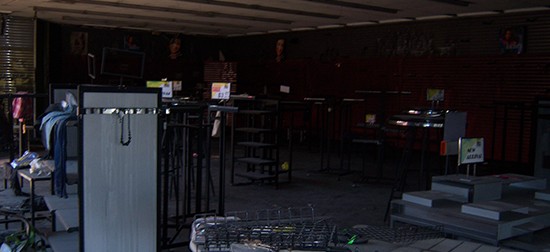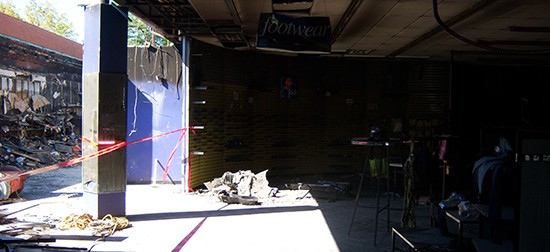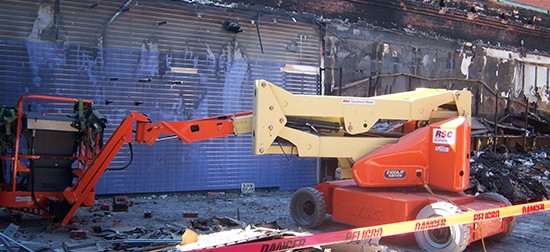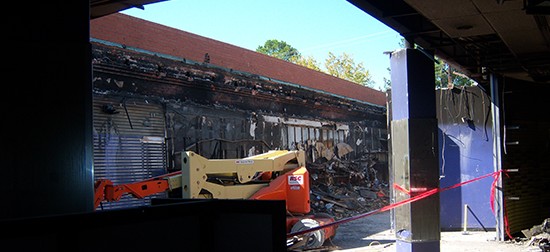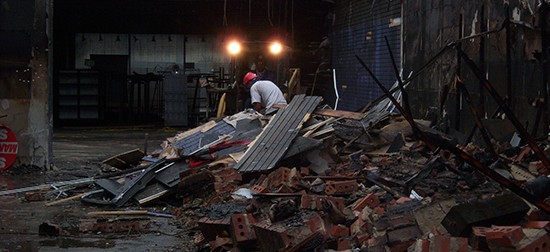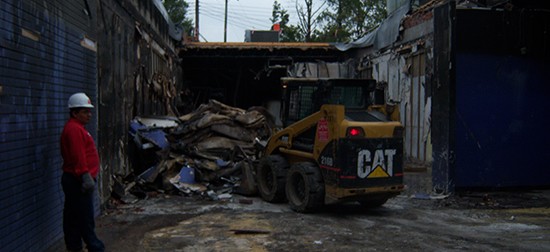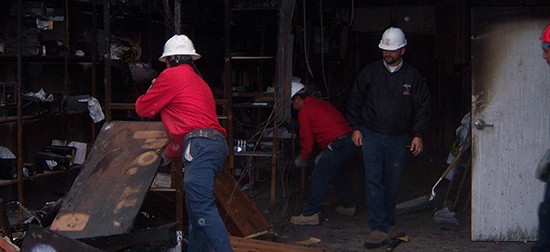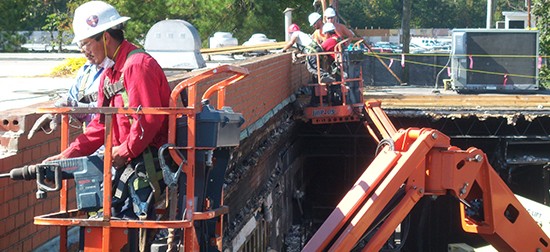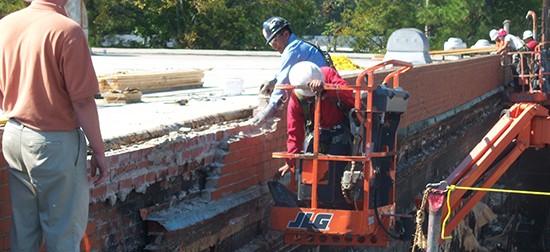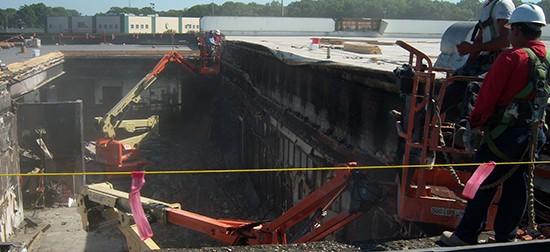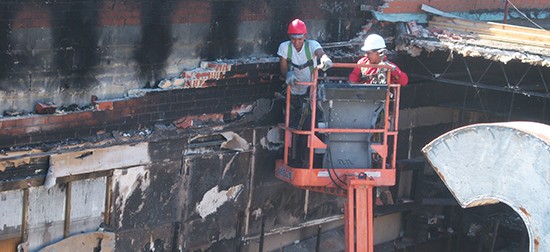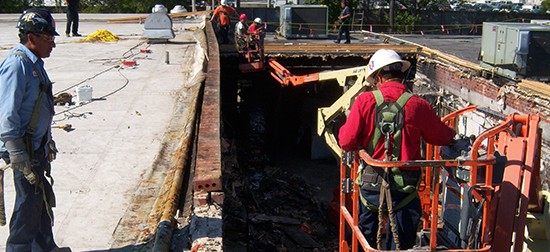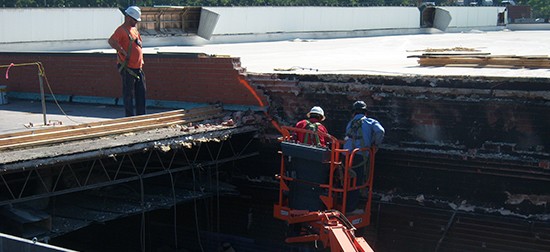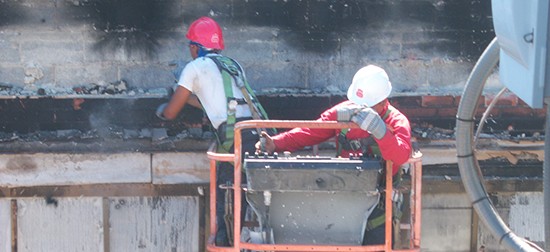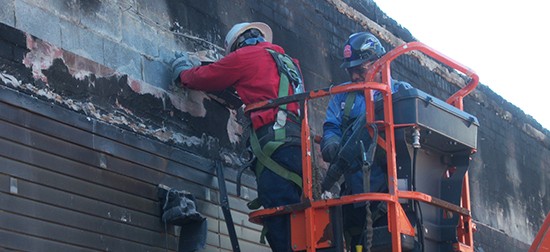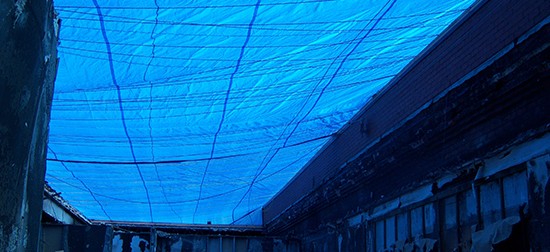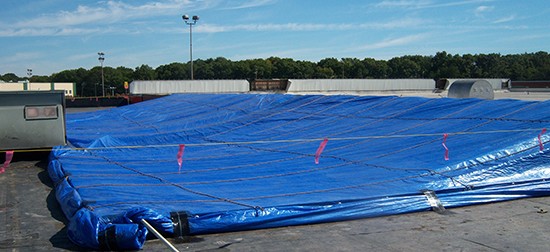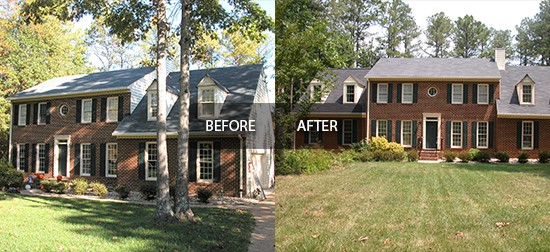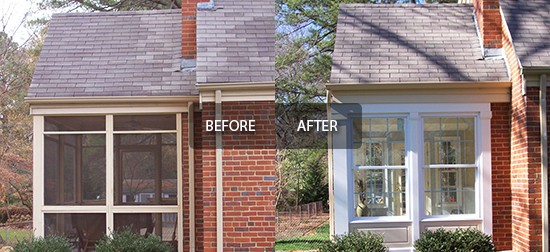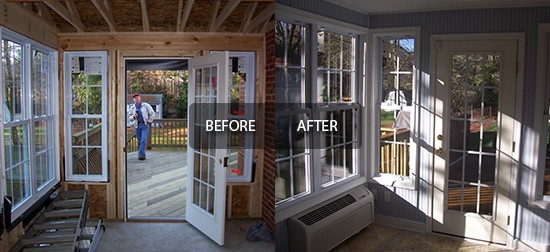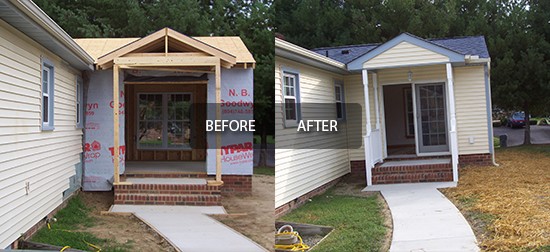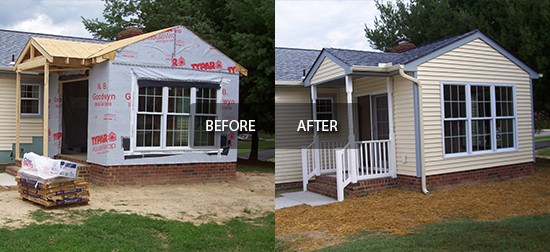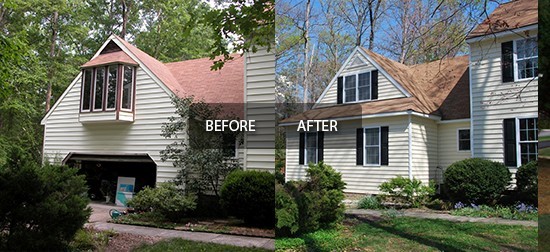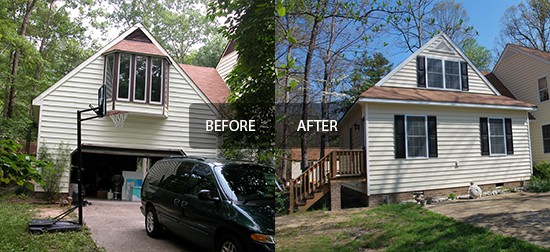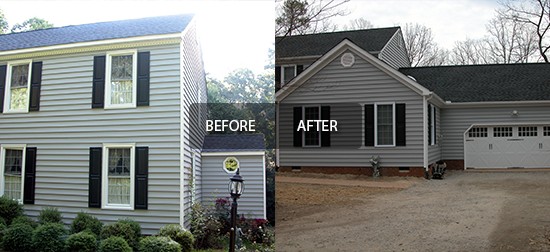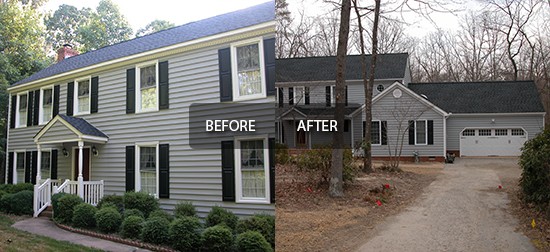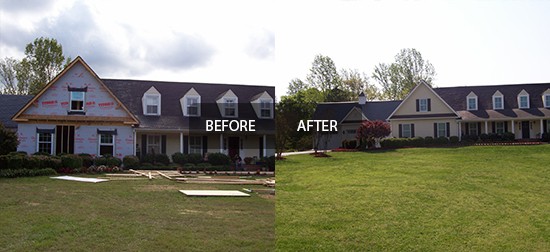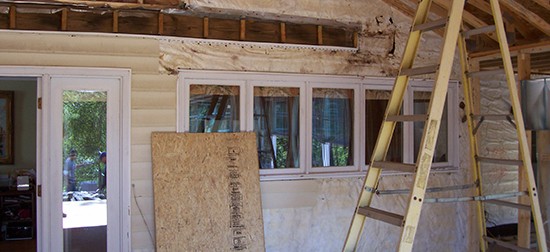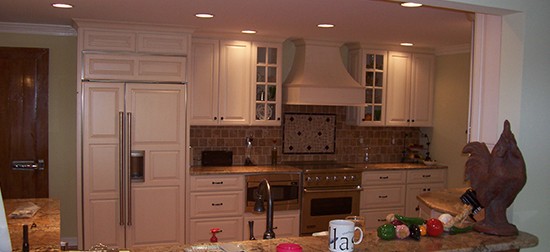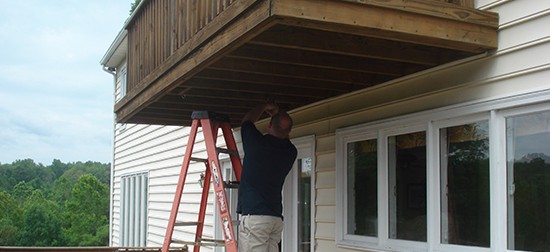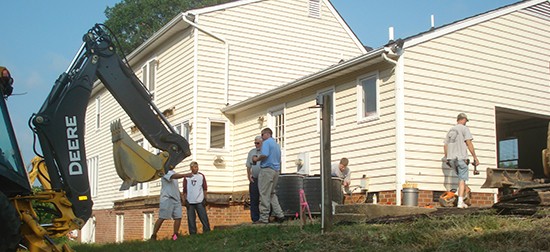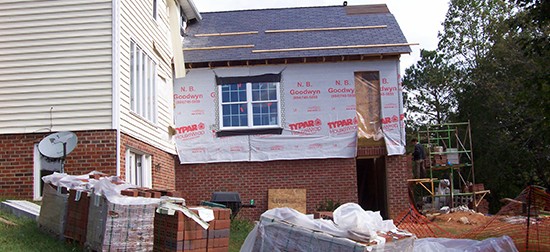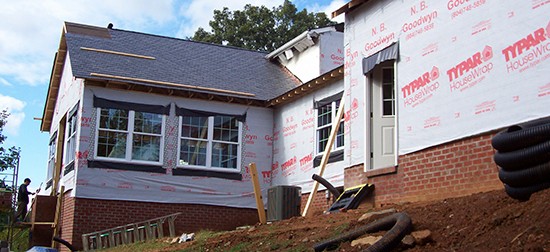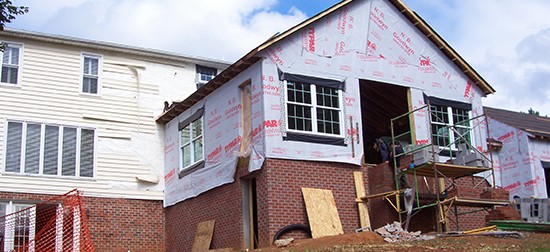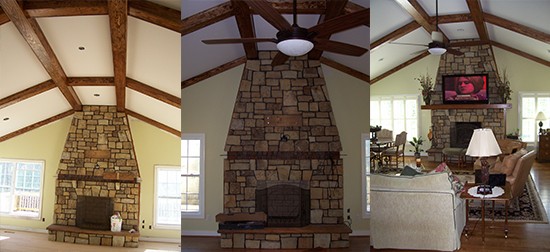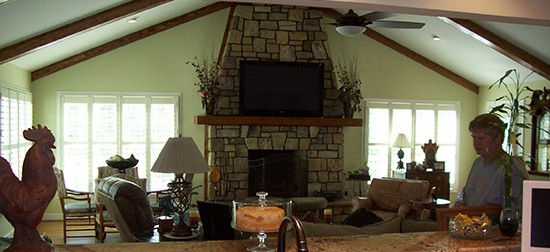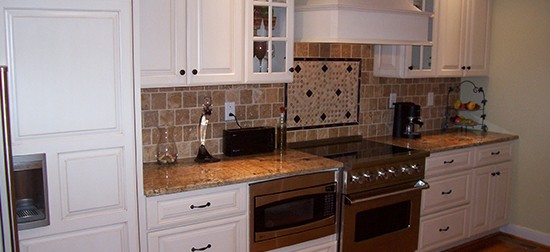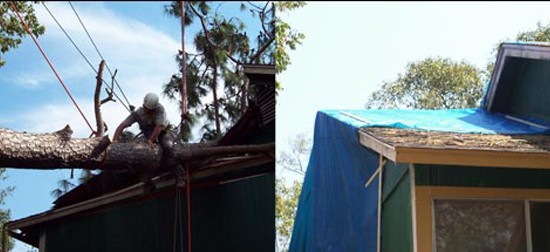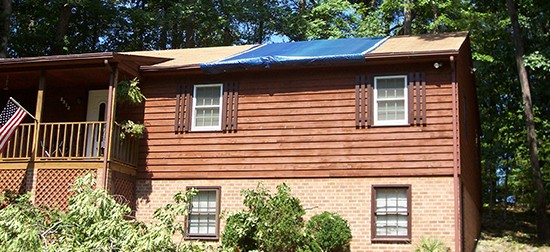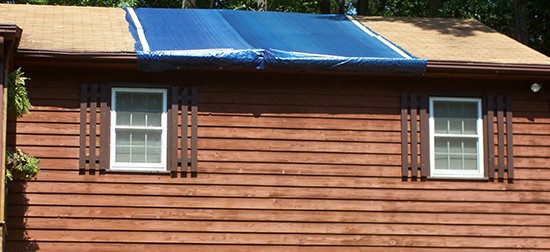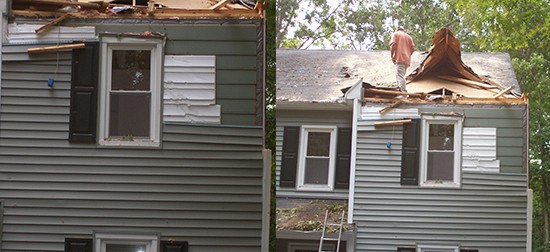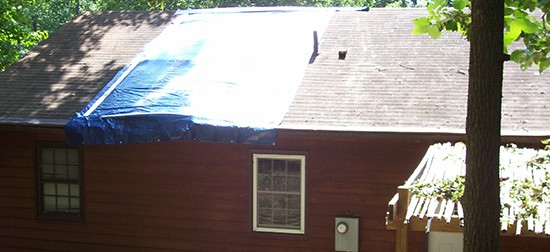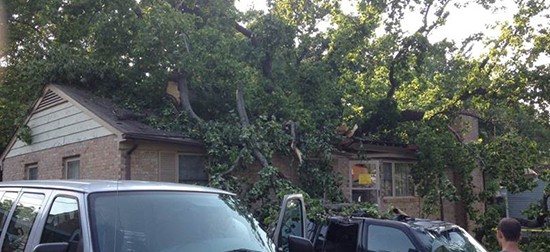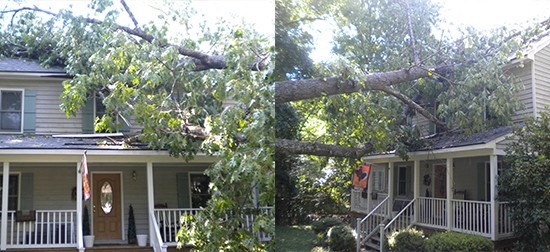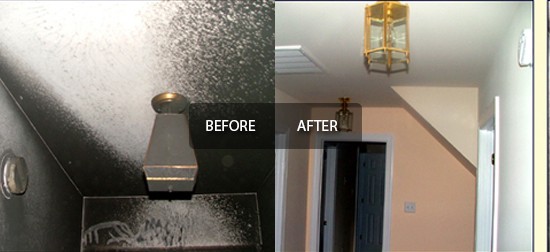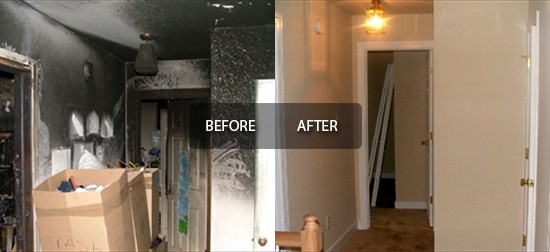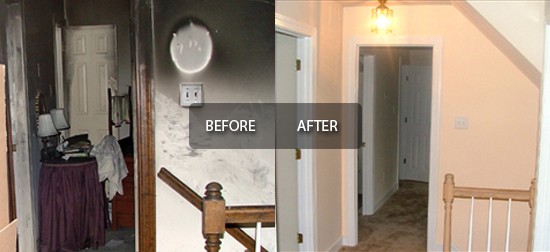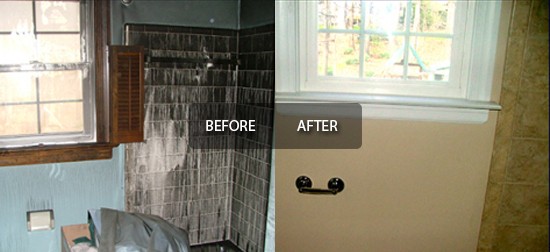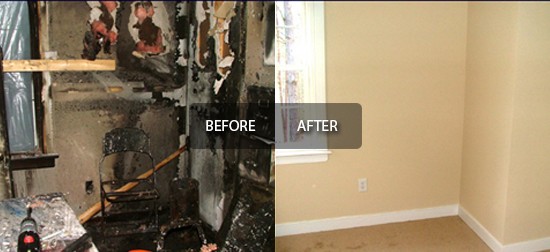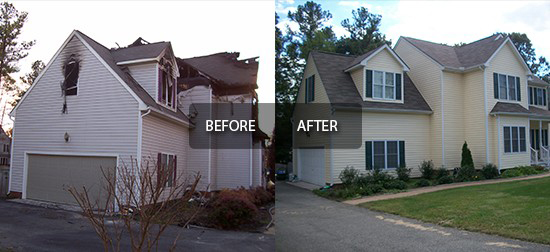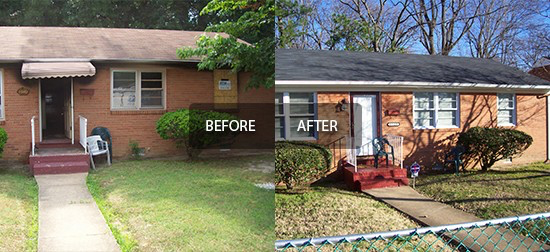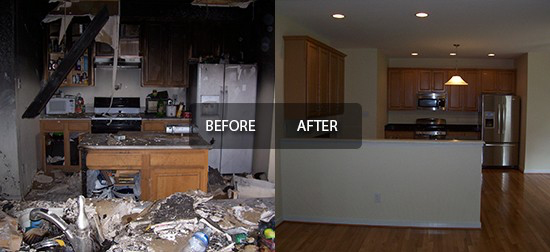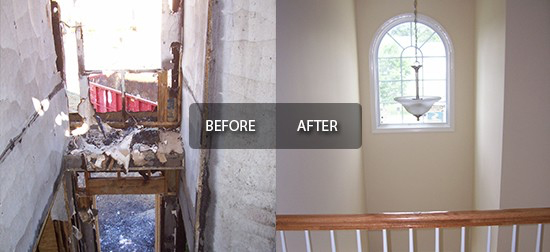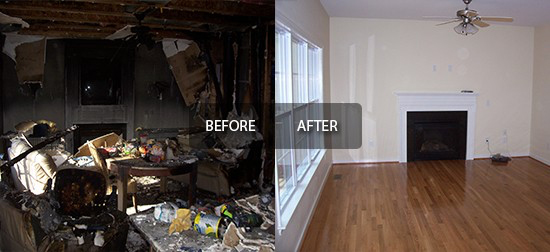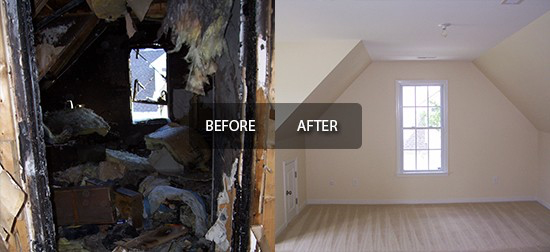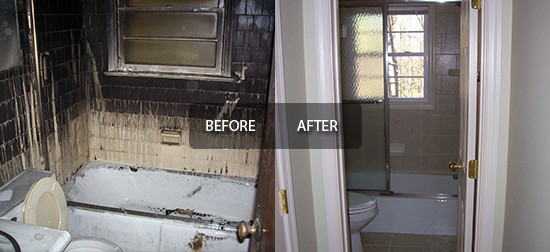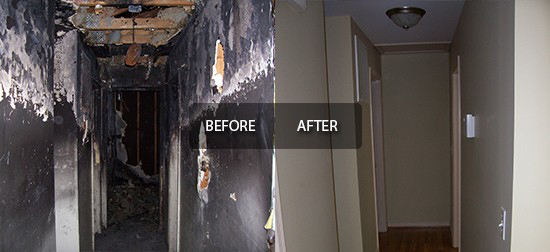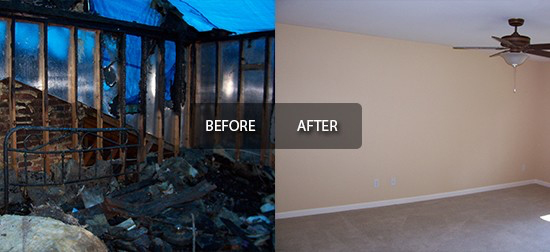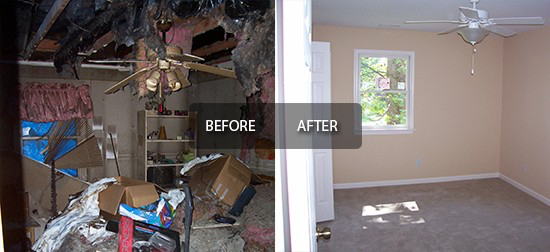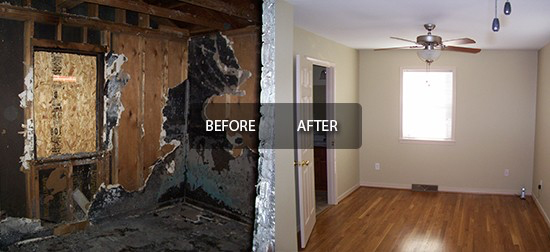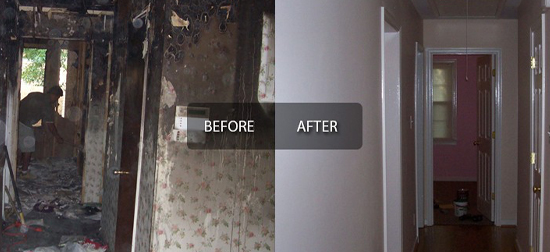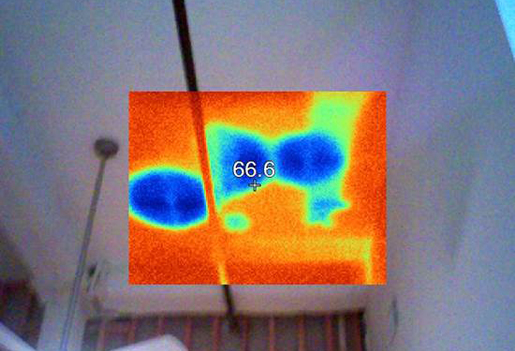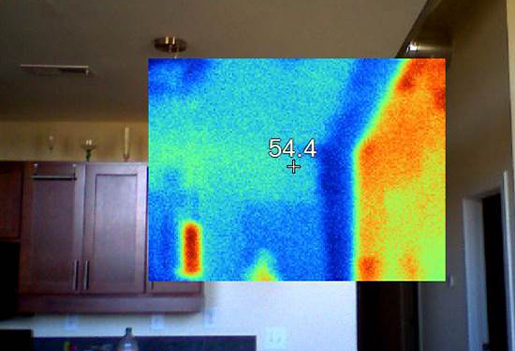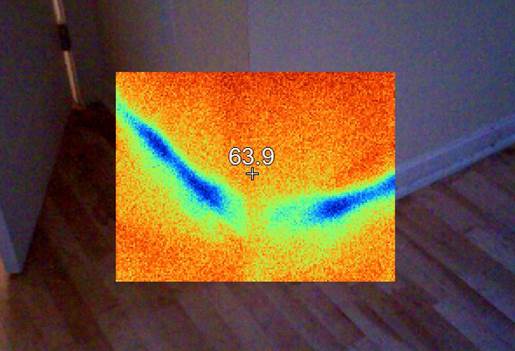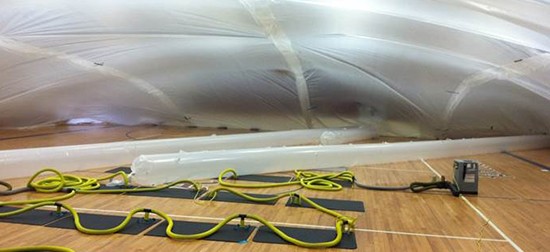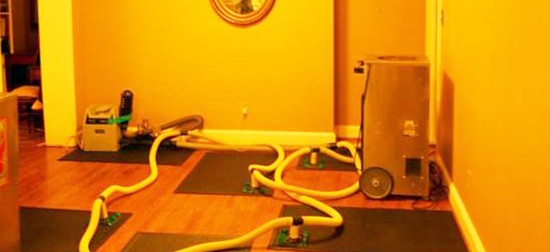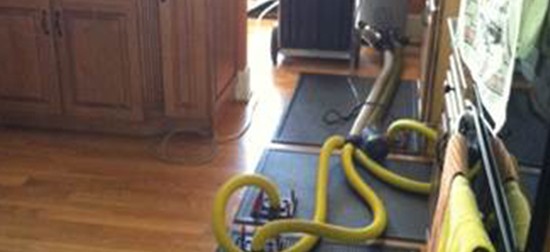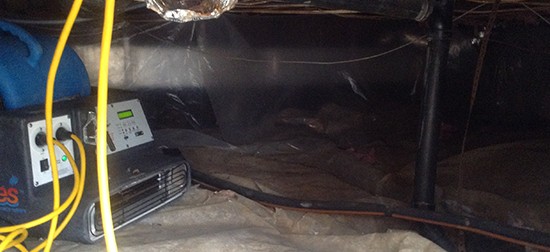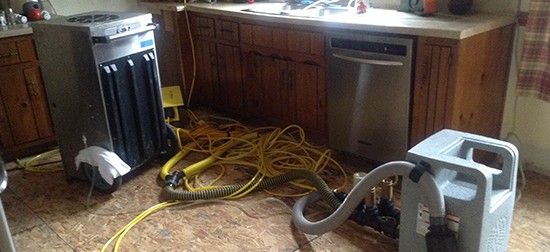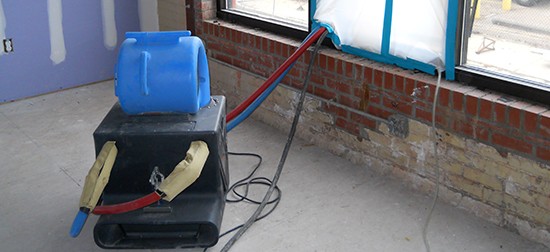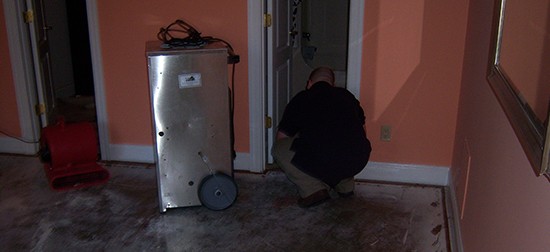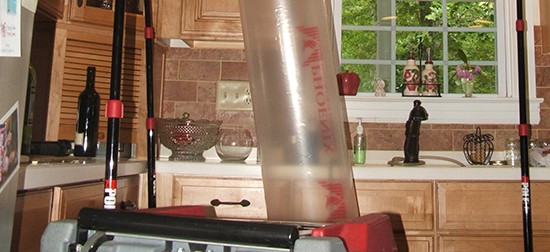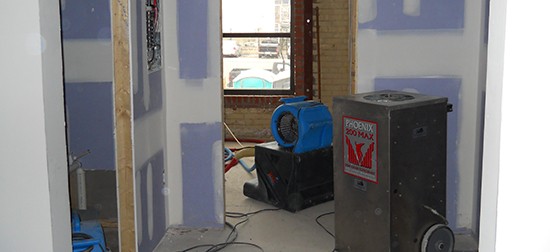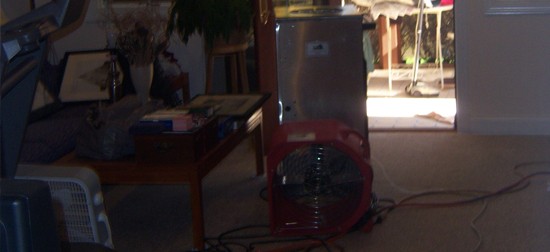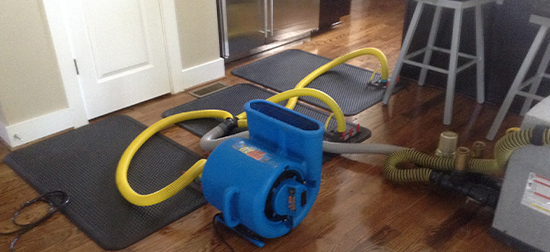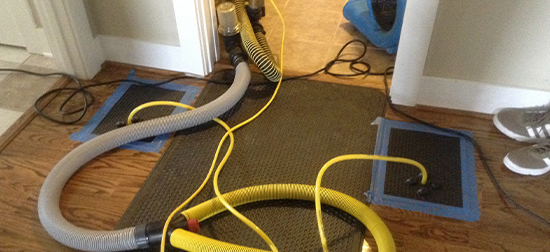Fires can happen anywhere, to anyone. Whether it’s due to a natural disaster or an accident inside the building, all it takes is a few sparks to create a fire that can be devastating for your home or business. Dealing with fire, smoke, and water damage restoration should start as soon as possible to minimize the losses that can continue to accrue after the flames have been doused.
Professional restoration companies work swiftly and efficiently to clean and repair your home or business after a fire so you can return to normalcy quickly. When done right, fire restoration can take a team as little as a few weeks or a month, whereas it might take an amateur home or business owner months of trial and error.
Of course, the actual time frame for restoration is dependent on several factors, including (but not limited to) the size of the building and extent of the damage. Very badly damaged buildings can take several months to properly restore.
If you’re about to start the fire restoration process, you may be wondering what this consists of. How will this service be delivered? What can you expect? Below, you’ll find the steps involved in fire restoration so you can be prepared for the weeks and months ahead.
Fire Restoration Overview
The basic goals of a restoration company are to do the following for your home or business:
- Remove soot and acidic elements from porous surfaces, such as furniture, so as not to damage the furniture or cause health problems from breathing in toxins
- Reduce health risks and negative impact on your well being by repairing damages that could directly or indirectly affect your health
- Improve the aesthetic of the building by removing stains and odors and repairing weakened structures
Assessing the Damage
When the restoration team arrives at your property, their first step is to evaluate the extent to which the building has been damaged. This includes an assessment of how deep the fire penetrated the building’s structure, how much soot and smoke damage is on the surfaces, whether the firefighters’ efforts to put out the flames caused water damage, and any signs of heat damage on the walls, fixtures, and furniture.
Once the team has comprehensively assessed the damage, they will record and document them for your insurance agency. They can then estimate how long the restoration will take and what it will cost to clean and repair the property.
Mitigation
Mitigation helps prevent further damages caused by weaknesses in the structural integrity of the building. If there are holes in the structure or damages to the roof, floors, or walls, they will be plugged, repaired, or replaced.
An effective restoration team knows that fire and water restoration are often related. They will help protect your building with moisture and vapor barriers. These prevent rainwater or moisture from causing mold and mildew to grow and spread throughout the building.
The team may suggest that you ventilate your home or business with an HVAC or other system to prevent soot from filling and settling in the building.
They will also remove anything that hasn’t been damaged by fire, smoke, or water as they are able so that it doesn’t get residual damage from lingering smoke. Airing pieces of furniture and other objects will help clear the smoke from the fibers.
Cleaning
Once the structure has been secured, the clean-up can begin. Smoke and soot cover surfaces and are extremely difficult to clean without professional equipment, since they can stain areas of the building beyond surface layers. The restoration team will take care of this by completing a deep scrub, sanding, and refinishing of stained surfaces.
To clean up water damage, the moisture in the building must be pumped and aired out, with special heaters and fans drying the interior of the building completely. Then the team will sanitize everything so mold cannot grow.
To freshen the smell after a fire, the carpets and upholstery in the building many need to be cleaned. If you have furniture that needs cleaning, consider whether it would be less expensive to replace it, as cleaning costs can run high.
Repairs
There are many components to repairing a building after a fire. Heat damage creates bubbles and blisters in the paint on the walls and ceilings, so the team will have to scrape off that paint and put on a fresh coat.
Wood surfaces with fire, soot, or smoke damage may or may not be repairable. Unfinished wood is much harder to salvage than finished wood. A sealant might trap or mask the odor in unfinished wood surfaces, but it may not work.
Finished wood surfaces are easier to fully repair, since the restoration team can strip away the surface, which protected the wood underneath. Then, they can sand down the surface and refinish it, returning the wood to its former glory without any lingering odors.
Flooring, paintings, and electrical sockets may need to be replaced as a result of the fire or water damaged they sustained. Anything that needs to be replaced should be cataloged for your insurance company and personal benefit.
Renovating
Sometimes the damage from a fire is so extensive that it makes more sense to renovate than to try to repair it. Renovating could save you a lot of time that would otherwise be spent trying to clean and fix a portion of the building that can’t be salvaged.
Your restoration team may be able to offer renovation services as well, or you may want to hire an experienced contractor for the job. Either way, this is something to consider after the damages from the fire have been assessed.
Hiring the right restoration company is key in making sure your home or business is well taken care of. Be sure to read client testimonials and speak to a company representative before making your decision.
Contact VRS today and learn why homeowners and business owners alike trust us to do their fire restoration right.



